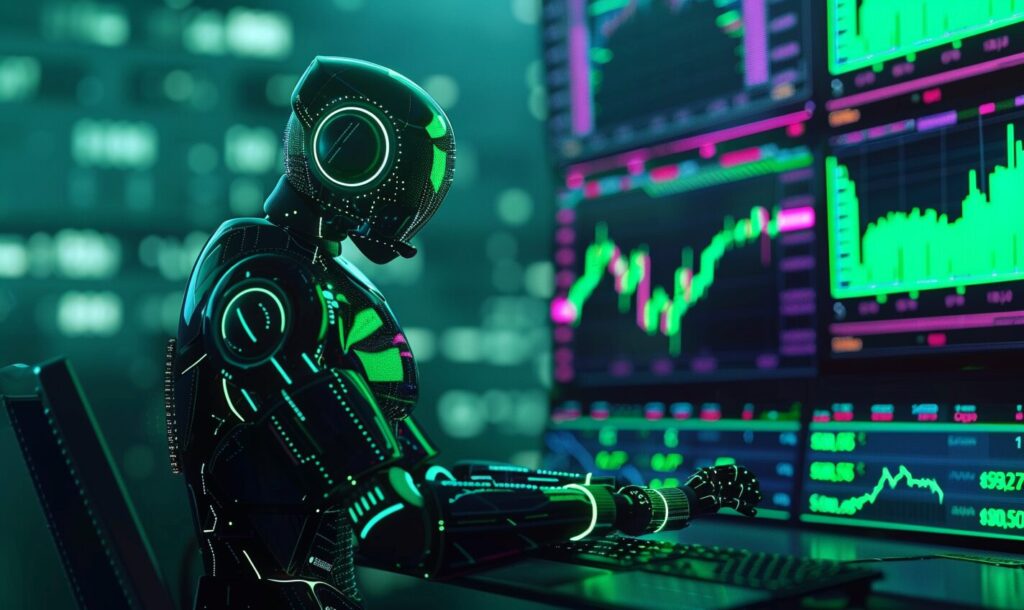Artificial intelligence (AI) has significantly influenced the direction of technology and is one of the most promising applications in the field. AI and robotics have combined to create intelligent robots that can learn, adapt and make decisions on their own. Here’s how you can use AI in robotics and improve your capabilities.
1. Computer Vision
Computer vision is another application of AI. It involves training robots to see and interpret visual data as you do. Robotics can observe and recognize patterns they have never seen before, thanks to AI. An AI robot improves detection and analyzes these patterns more precisely than traditional machines. For example, a self-driving car uses computer vision to recognize road signs and traffic lights and navigate them smoothly.
2. Natural Language Processing
Natural language processing (NLP) is a sub-branch of artificial intelligence technology focusing on using natural language to establish communication between humans and machines. Robotics can use NLP to understand your commands and respond accordingly. For example, customer service chatbots can be programmed to understand and respond to common queries.
3. Machine Learning
Machine learning is a subset of AI in which training algorithms recognize patterns and make predictions. In robotics, you can use machine learning to enable robots to learn from their experiences and make better decisions. For example, you can program a bot to pick up and recognize different types of items while handling them appropriately.
4. Autonomous Robots
Autonomous robots can operate on their own without any human intervention. These bots are equipped with AI algorithms that enable them to sense their environment, make decisions, and take appropriate actions. Autonomous robots, like self-driving cars and industrial automation, are used in various fields.
How Does an AI Robot Work?
AI in robotics use hardware and software components that enable them to interact with the environment, collect data, process it, and make decisions based on that information. The first step is to sense its environment. The robot can do this through cameras, microphones, or touch sensors. It subsequently collects data from these sensors to build a model of its surroundings.
Once the data is collected, the robot processes it using its onboard computer. The machine can further examine the data and extract useful information thanks to the computer’s robust algorithms. For example, a robot that navigates a cluttered environment may use computer vision algorithms to detect and avoid obstacles.
After processing the data, the robot uses the information to decide its actions. This is where the AI component comes into play. AI algorithms enable the bot to learn from its experiences and make decisions based on what it knows. For example, robotics built to pick and sort items may use machine learning algorithms to improve picking and sorting accuracy over time.
Finally, the robot executes its actions based on its decisions. This involves controlling its actuators, such as motors, to move and manipulate objects in its environment. The bot may also communicate with other machines or humans to achieve its goals.
Industries Using AI in Robotics
AI increases the effectiveness of robotics and has affected every industry in the current global environment. Here is a quick look at various sectors where robotics uses AI to its advantage.
- Health care: AI-powered robots are now used in hospitals to assist with tasks such as medication delivery, patient monitoring, and sometimes surgery.
- Automotive: The automotive industry uses robotic AI to perform tasks such as welding, painting, and assembling machine parts.
- Agriculture: Robotic AI can be utilized in agriculture for planting, watering, and harvesting crops without human intervention.
- Construction: The construction industry uses AI-powered robots to perform tasks such as bricklaying and pouring concrete.
Several Uses of AI in Robotics
AI has revolutionized the field of robotics and enabled the development of intelligent robots that can learn, adapt and make decisions independently. There are several ways in which AI is used in robotics, from machine learning to natural language processing. As technology advances, you will see even more innovative applications that transform how people interact with machines.
Recent Stories
Follow Us On
Get the latest tech stories and news in seconds!
Sign up for our newsletter below to receive updates about technology trends














